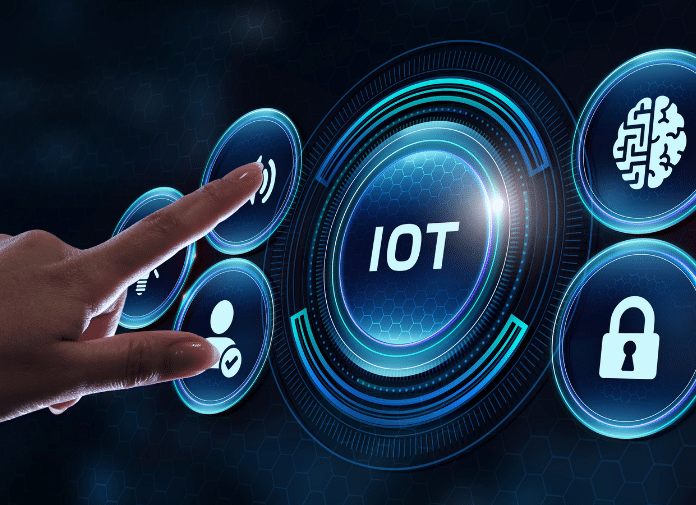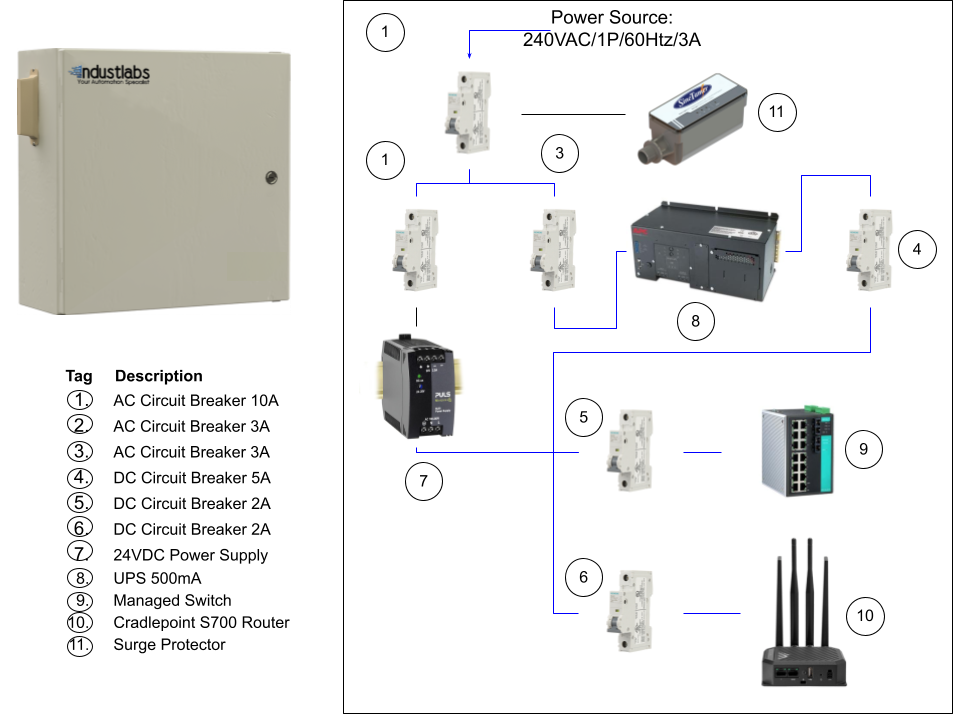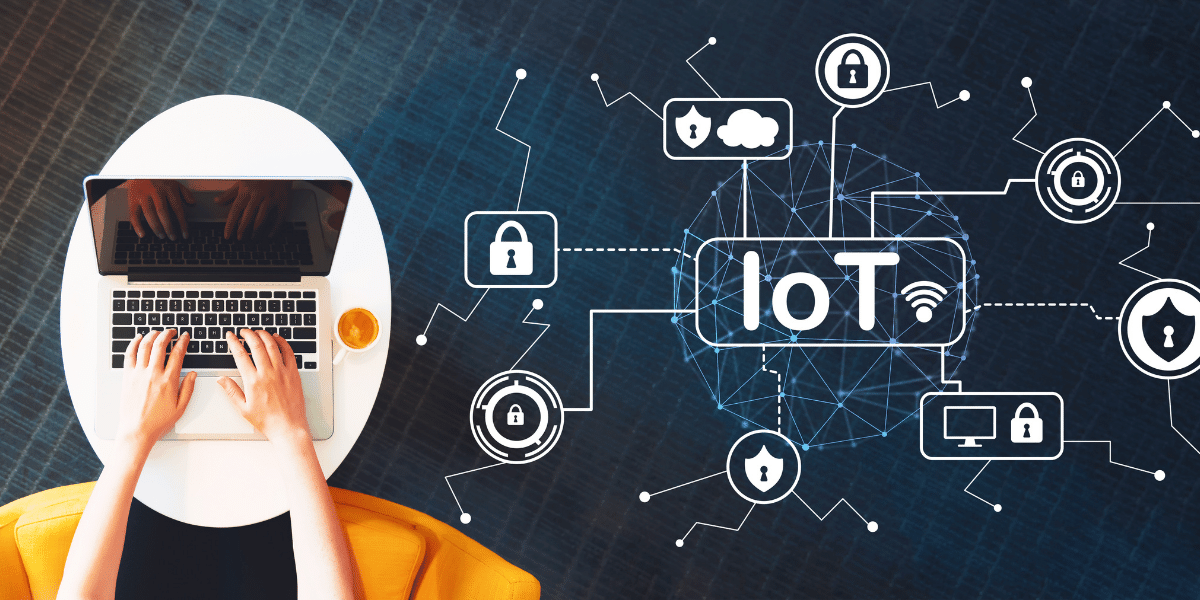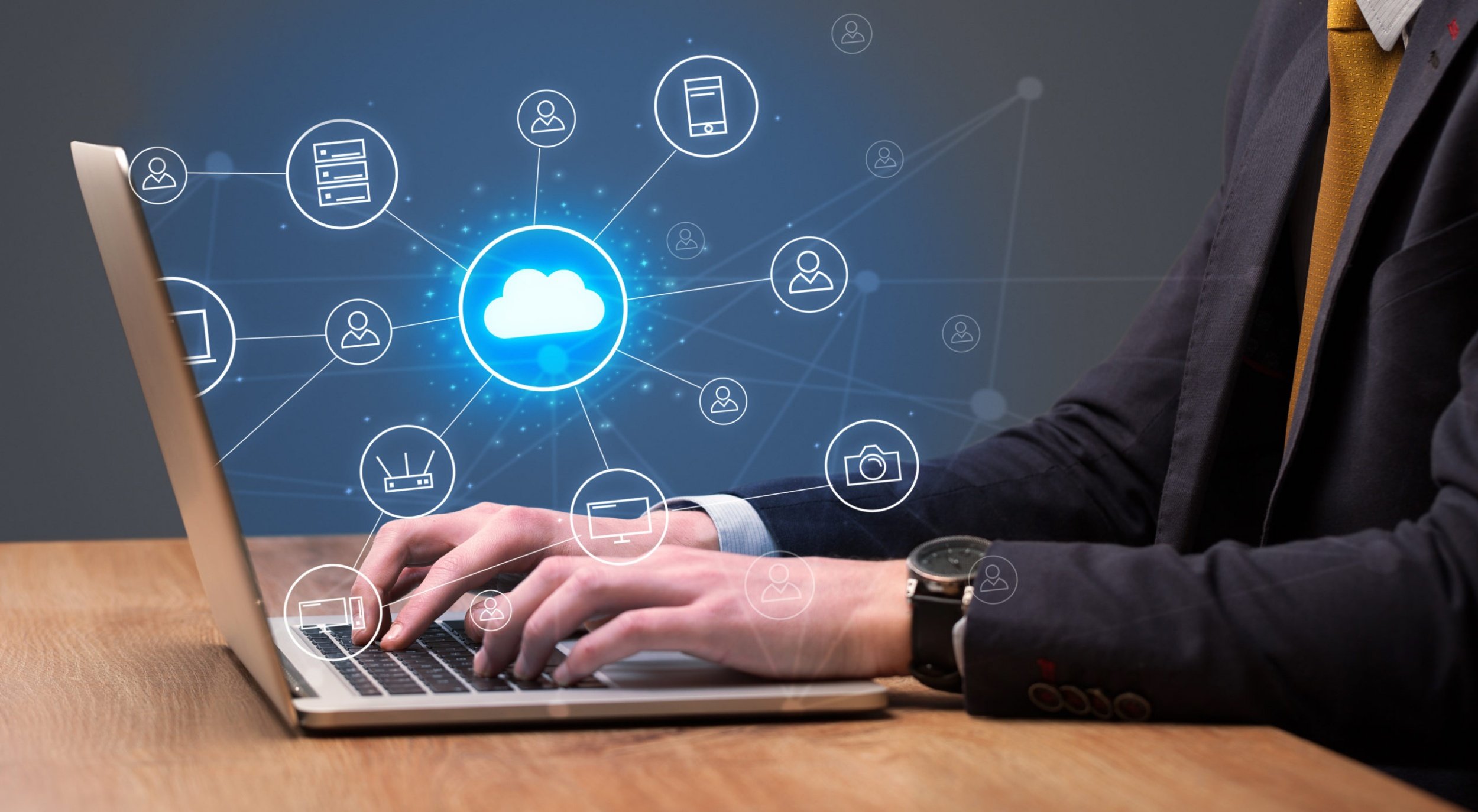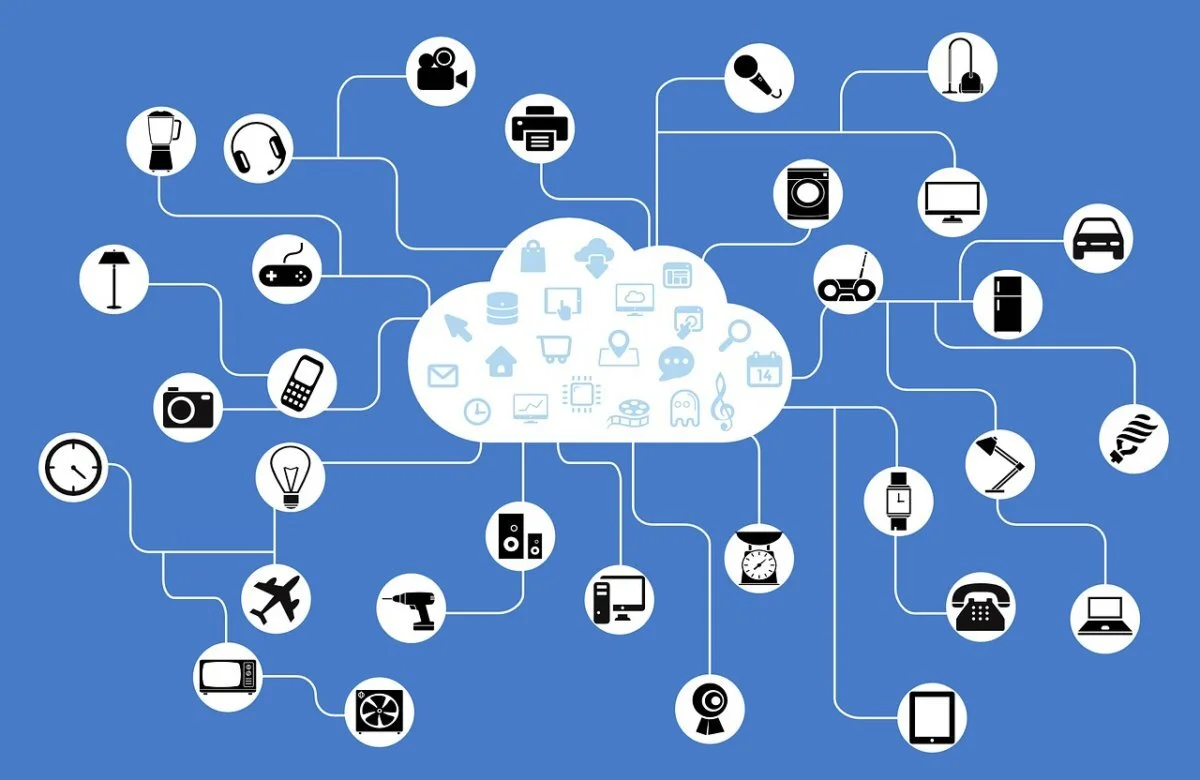Leveraging Time Series Databases for IoT: An Industlabs Whitepaper
Abstract: The Industrial Internet of Things (IoT) has revolutionized the way industries operate, optimizing processes and enhancing productivity. As an industry leader in IoT solutions, Industlabs introduces the use of time series databases, specifically InfluxDB, to empower businesses with real-time data analytics and operational efficiency. This whitepaper delves into the significance of time series databases in the context of IoT, exploring the benefits they offer for data storage, retrieval, and analysis. Join us on this journey to discover how Industlabs and InfluxDB can revolutionize your industrial operations.
Embracing the Fourth Industrial Revolution: The IoT Revolution Unleashed by Industlabs
1. Introduction: The IoT Revolution The Fourth Industrial Revolution has ushered in an era of smart connectivity, where devices, machines, and sensors are interconnected to form the Internet of Things (IoT). The ability to capture and process vast amounts of data from diverse sources in real-time has opened new horizons for industries seeking to optimize operations and gain actionable insights. Industlabs, a pioneering IoT company, has been at the forefront of transforming industries by harnessing the power of IoT technologies.
Unleashing the Power of Time Series Databases: InfluxDB's Role in Revolutionizing IoT with Industlabs
2. The Role of Time Series Databases in IoT Time series databases have emerged as a critical component of IoT ecosystems, tailored to handle the unique characteristics of time-stamped data. InfluxDB, an industry-leading time series database, excels in handling continuous streams of data generated by IoT devices. Industlabs recognizes the importance of efficient data management and analytics, and that's why we recommend InfluxDB for our clients.
3. Key Benefits of InfluxDB for IoT: Let's delve into some of the key benefits that InfluxDB offers for IoT applications:
3.1 Scalability and High Performance: IoT deployments generate an enormous volume of data that requires rapid ingestion and storage. InfluxDB is designed to scale effortlessly, accommodating the growing data demands of modern industrial operations without compromising performance.
3.2 Time-Centric Data Model: Traditional databases are not optimized for time-series data, leading to performance bottlenecks. InfluxDB's time-centric architecture allows for efficient data storage and retrieval, enabling quick analysis and insights.
3.3 Real-Time Analytics: Real-time analytics is crucial for industries where instant decisions can make all the difference. InfluxDB facilitates real-time data processing, empowering businesses with actionable insights to respond swiftly to changes and optimize processes.
3.4 Data Retention Policies: IoT-generated data can quickly accumulate and become overwhelming. InfluxDB's data retention policies enable the automatic pruning of older data, optimizing storage usage and simplifying data management.
3.5 Integration with IoT Ecosystems: InfluxDB supports various IoT protocols, making it seamless to integrate with different devices and data sources. This compatibility ensures that your IoT infrastructure works cohesively, regardless of device diversity.
4. Industlabs' IoT Solutions Powered by InfluxDB: Industlabs has leveraged InfluxDB's capabilities to design cutting-edge IoT solutions for various industries. Our tailored solutions offer:
4.1 Predictive Maintenance: By collecting and analyzing real-time data from connected devices, our predictive maintenance solutions help detect anomalies and foresee equipment failures, enabling proactive maintenance and reducing downtime.
4.2 Operational Optimization: Industlabs' IoT solutions optimize industrial processes by providing real-time insights into operational efficiency. This enables businesses to identify bottlenecks, enhance productivity, and drive cost savings.
4.3 Supply Chain Visibility: With real-time tracking and monitoring capabilities, our IoT solutions enhance supply chain visibility, enabling efficient inventory management, logistics, and timely deliveries.
Embrace the Future of Industrial IoT: Partner with Industlabs and InfluxDB for Unparalleled Success
5. Conclusion: Embrace the Power of IoT and InfluxDB with Industlabs As the Industrial IoT revolution continues to gain momentum, embracing cutting-edge technologies becomes paramount for sustainable growth and success. Industlabs stands as your trusted partner in unlocking the true potential of IoT by harnessing the capabilities of InfluxDB.
With Industlabs' customized IoT solutions and InfluxDB's prowess in time series data management, your business can elevate operations, reduce costs, and drive innovation.
For more information on how Industlabs can transform your industrial operations, contact us today:
WE’RE HERE TO HELP ANSWER ALL YOUR QUESTIONS.
HTTPS://INDUSTLABS.COM
EMAIL: SALES@INDUSTLABS.COM
IMMEDIATE CHAT: +1 972 5913868
OFFICE TEL: +1 (877) 945-2272
References:
https://www.usenix.org/legacy/event/slaml10/tech/full_papers/Bitincka.pdf
https://www.influxdata.com/time-series-database/
https://dl.acm.org/doi/abs/10.1145/775047.775128
https://www.sciencedirect.com/science/article/abs/pii/S0952197610001727



